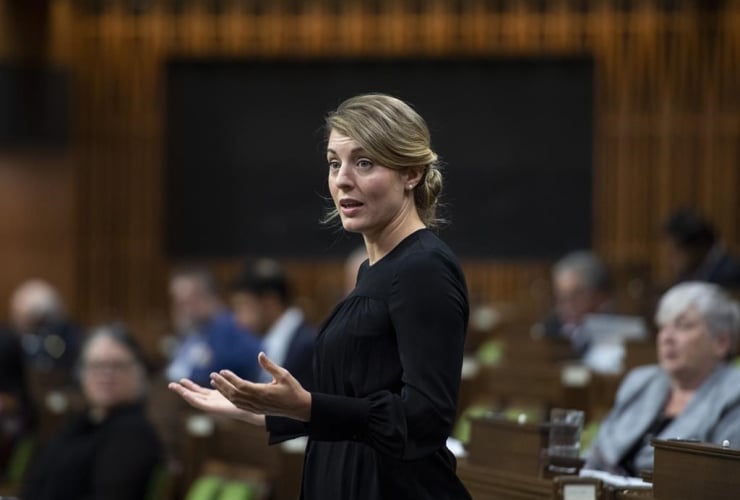Many Indigenous tourism providers in B.C. are still in limbo waiting for more information from provincial health authorities before making any concrete decisions about whether they’ll open or operate this summer.
But others are forging ahead and cautiously optimistic as they bank on domestic tourists to tide them over until borders shuttered by COVID-19 open again.
In particular, small, remote First Nations communities that double as tourism destinations will likely wait a little longer to see if provincial health orders change and how the tail end of the pandemic rolls out, said Samantha Rullin, marketing co-ordinator with Indigenous Tourism BC (ITBC).
A number of remote coastal communities, including the Nuu-chah-nulth, Heiltsuk and Haida First Nations, asked visitors and non-residents to stay away to protect members and elders who were at increased risk from COVID-19 due to limited medical services and resources.
“In the next month or so, we’ll have a better idea what communities are thinking, as well as what the province says about travelling,” Rullin said, adding ITBC meets with stakeholders regularly to assist Indigenous operators and foster collaboration to create a strong 2021 tourism season.
But as it stands now, the provincial health orders still ask residents to stay local and support community tourism businesses, Rullin said.
Indigenous tourism in B.C., and across Canada, was on a solid upward trajectory before the pandemic decimated the industry last year, she said, adding 2020 was expected to be a banner year.
The Indigenous tourism sector was outpacing the province's overall sector, according to ITBC. The province boasted 400 Indigenous-owned tourism businesses that generated close to 7,500 jobs, $387 million in wages, and tax revenue exceeding $39 million, according to 2017 data.
The tally for losses faced by B.C. Indigenous operators due to COVID-19 aren’t clear yet, but no one escaped unscathed, Rullin said.
“I mean, 100 per cent of operators were affected by COVID-19, especially with the lockdown,” she said.
“Everyone had to pivot in one way or another, or close for the season.”
Nationally, COVID-19’s estimated impacts on the sector included the potential loss of 32,000 Indigenous employee jobs and 1,140 businesses closing for the 2020 season — with close to 70 per cent in danger of not opening their doors again, according to Indigenous Tourism Association of Canada data.
Both the provincial and national organizations expect it will take four years to recover and rebuild to the levels the Indigenous tourism sector enjoyed before the pandemic.
This season, the Indigenous tourism sector is focusing on attracting local tourists. But a large number of operators and businesses, such as artisans, restaurants and cultural centres, are already open, in compliance with pandemic protocols, or online for clients to enjoy, Rullin said.
However, some operators were able to adapt last summer and are even taking new steps in the Indigenous tourism market this season. The Klahoose First Nation ran COVID-19 adapted grizzly bear tours last summer and is launching a new all-inclusive wilderness resort this season.

The Klahoose Nation has been running bear viewing and cultural tours since 2016, and saw the value of acquiring the off-grid resort in Desolation Sound as a means to deepen their commitment to sustainable tourism in their territory and bolster economic development, said Chris Tait, tourism manager of the Klahoose Wilderness Resort.
The lessons learned last summer season will benefit the resort operations this year, Tait said.
“We have already operated in a year of COVID-19,” he said.
“So that means reducing staff, reducing our capacity, so that we can safely operate.”
Plus, guests arriving at the lodge, only accessible by boat or seaplane, don’t need to transit through the Klahoose community if visitor restrictions are still in place, he said.
Guests can remain in a bubble at the resort while still getting to experience Klahoose cultural traditions or going on wilderness tours to see whales or bears.
This summer is both a challenge and opportunity for First Nations operators, Tait said.
International visitors, particularly from the U.S., will be absent for the foreseeable future, but domestic travellers can now come and experience the beauty and nature that other people travel halfway around the world to see, he said.
“We already have bookings from Canadians that recognize that a wilderness, off-grid experience like this with Indigenous guides is something really special and unique, and we have those experiences right here in B.C.”

Rochelle Baker / Local Journalism Initiative / Canada’s National Observer






Comments